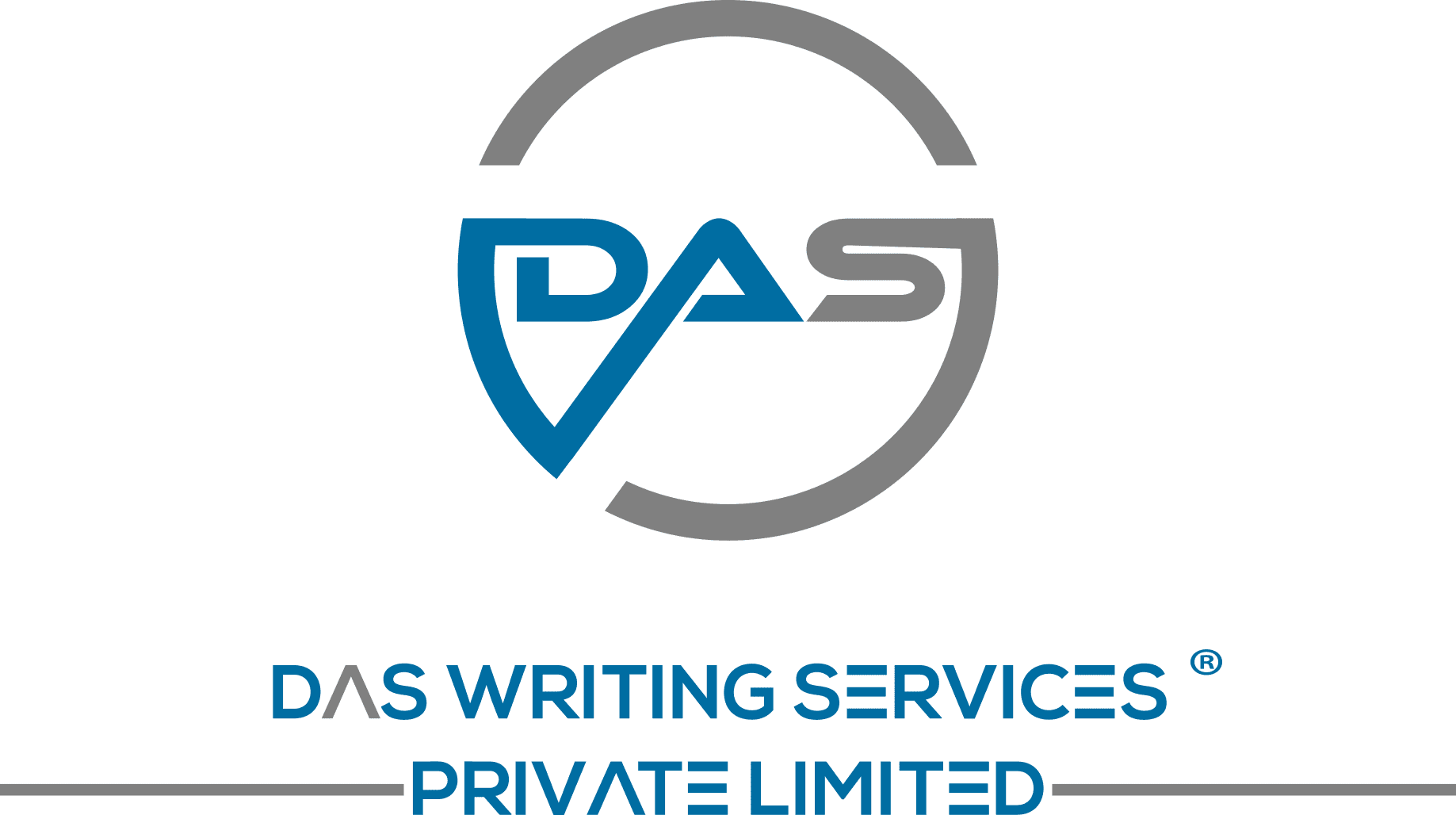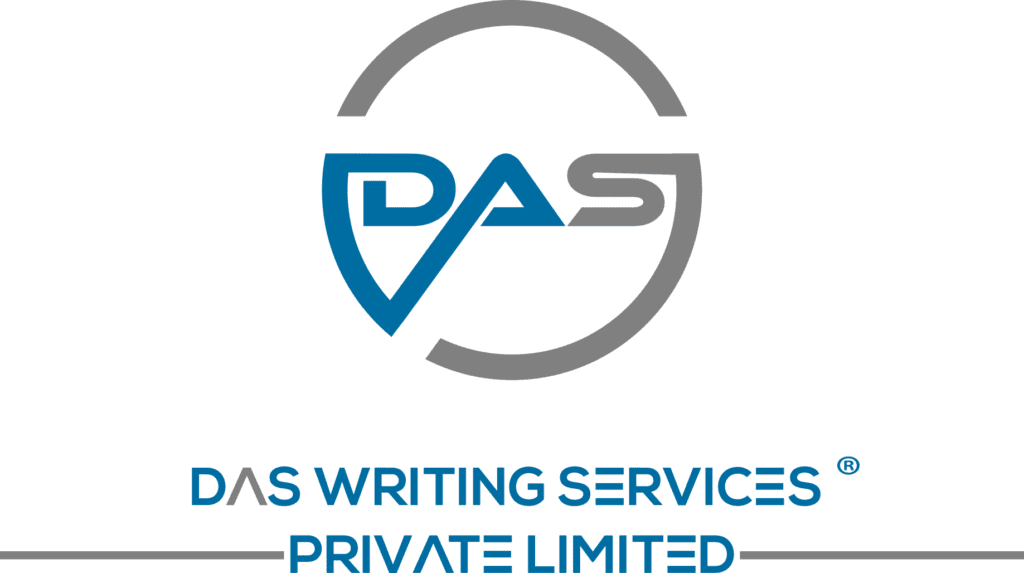Creating an effective content plan is essential for successful marketing. It helps you consistently produce high-quality content that engages your audience and aligns with your business goals. By following a structured approach, you can enhance your online presence, improve SEO, and drive growth.
Hence, in this blog, discover how to develop a content plan step-by-step and boost your brand’s impact.
What is a Content Plan?
Have you ever wondered how brands keep you hooked online? It is all the wonder of content planning. A content plan is a roadmap to creating and publishing web content across social media, website and email marketing campaign. It streamlines your content marketing efforts to generate better ROI.
A content calendar or planner is especially useful to stay on top of your social media content strategy. a digital marketing campaign as they help attract and retain your target consumers. This makes content planning a powerful tool for online success.
Looking for Personalised Content Planning? Reach out to us for one stop Content Marketing Solutions!
7 Easy Steps to Create an Effective Content Plan
Creating a content plan gives you a systematic approach to enhancing your brand’s online presence. Creating the best content takes lot of efforts. With so many content channels, it sure may feel overwhelming at times. And that’s where a documented plan proves useful.
It ensures you are consistently sharing valuable content that resonates with your audience, building audience retention and driving your business goals.
Hence, here are 7 simple steps you can take to create an effective content plan and improve your brand’s ROI.
Step 1: Define Your Goals & Objectives
Start by clearly establishing the objective behind creating your content. Are you looking to increase brand awareness, educate your audience about something, generate leads, or drive sales?
Having a clear idea about your content marketing goals and objectives will guide all your decisions and help you measure the effectiveness of the campaign. Whether you want to get more engagement on your social media platforms or looking to attract users through the website – the objective will ultimately determine what content you want.
Step 2: Understand Your Target Audience
The second step is to know your audience. Asking questions such as who they are and what their interests, needs, and dislikes will help you to connect with them. To make your content marketing plan successful, conduct surveys and create buyer personas to target the right demography.
Hence, understanding your audience will help your marketing team formulate content ideas that resonates with them and meets their needs, making your efforts much more effective.
Step 3: Establish a Unique Brand Voice
Remember, your brand voice reflects your company’s personality and values. Hence, you must decide if the tonality of your content will be formal, friendly, or humourous. While consistency is key, you must ensure your voice is used across all content.
This helps build a recognisable and authoritative brand and strengthens your connection with your audience. This also establishes trust among your audience, so you must think of it as your brand’s unique way of speaking and connecting.
Step 4: Determine Content-Type and The Channel of Promotion
Identifying the type of content that will best engage your audience and serve your objectives is essential. This involves understanding if you want to create a blog, an article, a “how to” content, listicles or services pages.
Regardless of your choice, you should diversify your content to keep your audience interested and cater to different preferences. You must also determine the platform you want to post your content, that is whether you want to publish it on your website or social media channels such as LinkedIn or Facebook.
Step 5: Create a Content Calendar
Publishing resonating content will keep your audience hooked and have them waiting for your next post. Hence, planning your content with a content calendar will help to keep you organised and on track, while meeting your followers’ expectations.
This should include what content you will create, when it will be published, and on which platforms. A content calendar is therefore your roadmap to maintaining a steady flow of content without last-minute rushes.
Step 6: Monitor and Evaluate Your Content Performance
After publishing your content, you must regularly check how it is performing across various channels. You can use analytics tools to measure engagement, traffic, and conversion rates, or rely on professional content optimization services.
This evaluation data will show you what is working for your brand and what is not, so you can adjust your strategy accordingly. Moreover, continuously learning from your results helps you improve and create more effective content over time.
Step 7: Optimise Your Content For Improvement
You must keep in mind that content planning is not a one-time task. Creating content is an ongoing process which involves tracking, measuring and repurposing. Besides regularly reviewing your content plan, you must make adjustments such as rewriting a text or improving its layout and design whenever needed.
Hence, staying flexible and open to change while adapting to new trends and audience preferences will help to optimise your content for more traffic and conversions.
Why Should You Have a Proper Content Plan?
A proper content plan for a website helps to guide your content creation process while also ensuring that your efforts are consistent, strategic and measurable. Here is the breakdown of why implementing a proper content strategy is significant for your brand’s online presence:
1. Strategically Aligns with Overall Marketing Objectives
A proper content plan helps to align all your content efforts with your broader marketing goals. A clear strategy helps every piece of content you produce to serve a purpose, whether it is to enhance brand awareness, generate leads, or increase sales.
This alignment helps you stay focused while making your marketing efforts more cohesive and effective.
2. Ensures Consistency of Content Quality
Consistent high content quality helps to maintain your audience’s trust and engagement while establishing a high standard for all of your content. This is possible by creating a well-thought-out content plan.
It ensures that every blog, social media post and article update meets your brand’s quality criteria, thereby building a credible and professional image in the eyes of your audience.
3. Resource Allocation is More Efficient
A proper content plan strategy allows you to allocate your resources more effectively, leading to less wastage. It helps you to be aware of the skills, tools and time that are required for creating each piece of content.
This foresight allows you to manage your budget better and ensures that your team is not overworked or underutilised. Hence, efficient resource allocation leads to a smoother workflow and higher productivity.
4. Helps to Understand Your Audience Better
Formulating a content plan enables you to think deeply about your audience’s preferences, needs, and behaviours. By regularly analysing how your content performs, you gain valuable insights into what connects with your audience.
This understanding allows you to tailor your content more precisely, making it more engaging and effective in meeting your audience’s needs and interests.
5. Improves SEO and Visibility
Your SEO strategies are enhanced with the help of a structured content plan. By planning your content around the targeted keywords and consistent posting schedules, you improve your chances of ranking higher on search engines.
Moreover, opting for SEO content writing services leads to increased visibility, driving more organic traffic to your website and expanding your reach to potential customers who are searching for relevant topics.
6. Marketing Actions are Easier to Measure
Well-defined content plan ideas make it easier to measure the effectiveness of your marketing actions. With the help of clear objectives and scheduled content, you can track key performance indicators such as engagement rates, website traffic, and conversion rates.
This data helps you evaluate the efficacy of the published content, allowing you to refine your strategy for better results.
How is Content Plan Different From Content Strategy?
While content plan and content strategy are closely related, here are the key differences between them:
| Point of Distinction | Content Plan | Content Strategy |
| Purpose | Provides a detailed and transparent blueprint for executing the strategy through specific pieces of content | Defines the goals of producing content, such as audience engagement, brand engagement and lead generation |
| Focus | It details specific actions, content timelines and tasks for content creation and publication | Content strategy focuses on overall marketing goals, including brand messaging and audience understanding |
| Components | Specific topics and titles, content formats and calendar, production workflow and performance measurements | Brand voice, key performance indicators, target audience research |
In essence, a content plan is tactical roadmap that details the “how” and “when” of content creation, while a content strategy is a strategic framework that defines the “why” and “what” of content marketing. Both elements are essential for a successful content marketing campaign, working together to ensure effective content creation and distribution.
Should You Outsource Content for Your Content Plan?
Outsourcing content creation from top SEO content writing companies can help your website rank higher in the SERP. Check out the following points to learn how outsourcing content can benefit you.
1. Access to Expertise
Professional content writers bring specialised skills and industry knowledge that can enhance the quality and effectiveness of your content. With their proficiency and experience in the landscape of SEO, content marketing strategies, and audience engagement techniques, they can enhance your brand voice.
2. Reduces Overhead Cost
Hiring in-house writers and editors can often be expensive. Hence, outsourcing enables you to pay for content on a per-project or per-word basis, which can be more budget-friendly. Outsourced content eliminates the need for employee benefits, training, and office space, thereby reducing overhead costs and increasing efficiency.
3. Time-Efficiency
When you outsource certain tasks, you are enabling your internal team to direct their energy towards core business activities, such as product development and customer service. This helps to improve the productivity of your team.
Moreover, professional content creators possess extensive experience and undivided focus, which enables them to produce high-quality content more efficiently.
4. New Perspectives
Bringing in external expertise through outsourcing can replenish your content with fresh ideas and perspectives, adding diversity and making it more compelling for your audience. Additionally, external creators often bring innovative approaches and unique insights that may be overlooked by internal teams, offering a valuable new angle to content creation.
5. Scalability
As your business expands, you have the flexibility to seamlessly increase your content output by engaging additional freelancers or content writing agencies. This approach alleviates the challenges associated with hiring more permanent staff members.
Hence, the adjustable nature of this method enables you to tailor the volume of content according to your specific marketing requirements and financial resources.
Takeaway
Creating a well-thought-out content plan is crucial for the success of your content marketing strategy. It provides a roadmap for effective content creation and helps you connect with your target audience.
Remember, a content plan is not a static document but an evolving strategy that requires continuous monitoring, adjustment, and improvement. So, you need to say up-to-date and adapt to changes in your industry, audience preferences, and content trends. With a solid content plan in place, supported by the right resources and a well-executed strategy, you can effectively achieve your content marketing goals.
Frequently Asked Questions
1. How often should I update my content plan?
Regular updates are essential for tailoring your content to the needs of your audience. Hence, review and adjust your content plan at least quarterly to stay aligned with audience preferences, industry trends, and performance metrics.
2. Can I repurpose existing content in my content plan?
Yes, repurposing existing content is a great way to maximise your efforts. Convert blog posts into videos, transform research papers into infographics, or create social media snippets from longer-form content.
3. Should I include evergreen content in my content plan?
Yes, crafting evergreen content ensures longevity and sustainability of your marketing campaign. These pieces also provide timeless value and can continue to attract traffic and engagement over an extended period.
4. What role does SEO play in my content plan?
SEO plays a vital role in optimising your content for search engines and improving organic visibility. Incorporate relevant keywords, optimise meta tags, and ensure your content follows best SEO practices.
5. How can I stay updated with content marketing trends?
Stay updated by following industry blogs, attending webinars, participating in conferences, and joining content marketing communities. Continuous learning helps you adapt your content plan to evolving trends and techniques. Also, you can consult with writing services, which are constantly researching content trends and staying up-to-date for the best results.






Leave a comment
All comments
purchase smtp server
The guide on setting up email triggers was very detailed.
Arghish Das
This is a great article! It's really helpful for creating a content plan. How do you measure the success of your content plan? Are there any specific metrics or tools you use to track results?